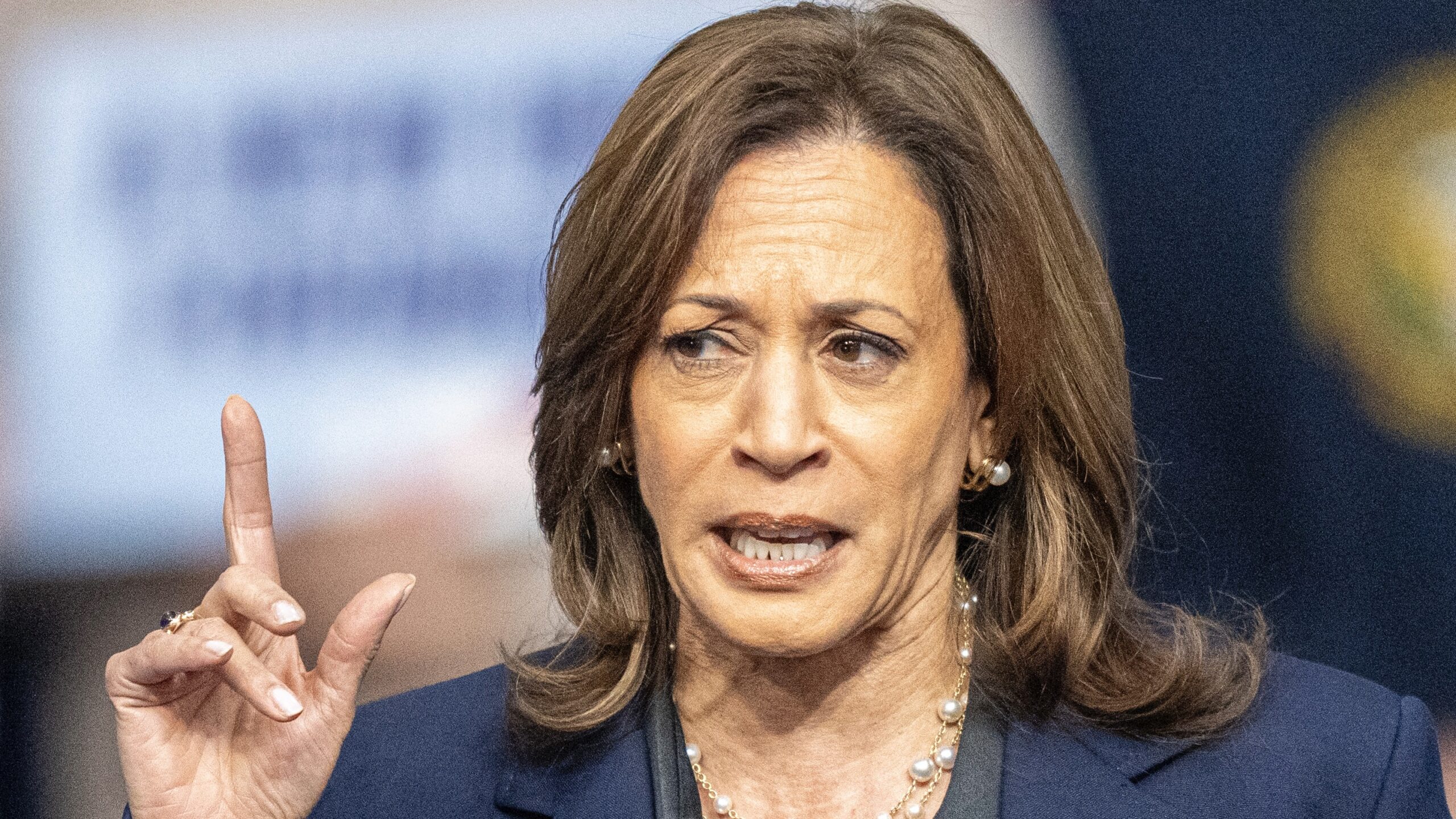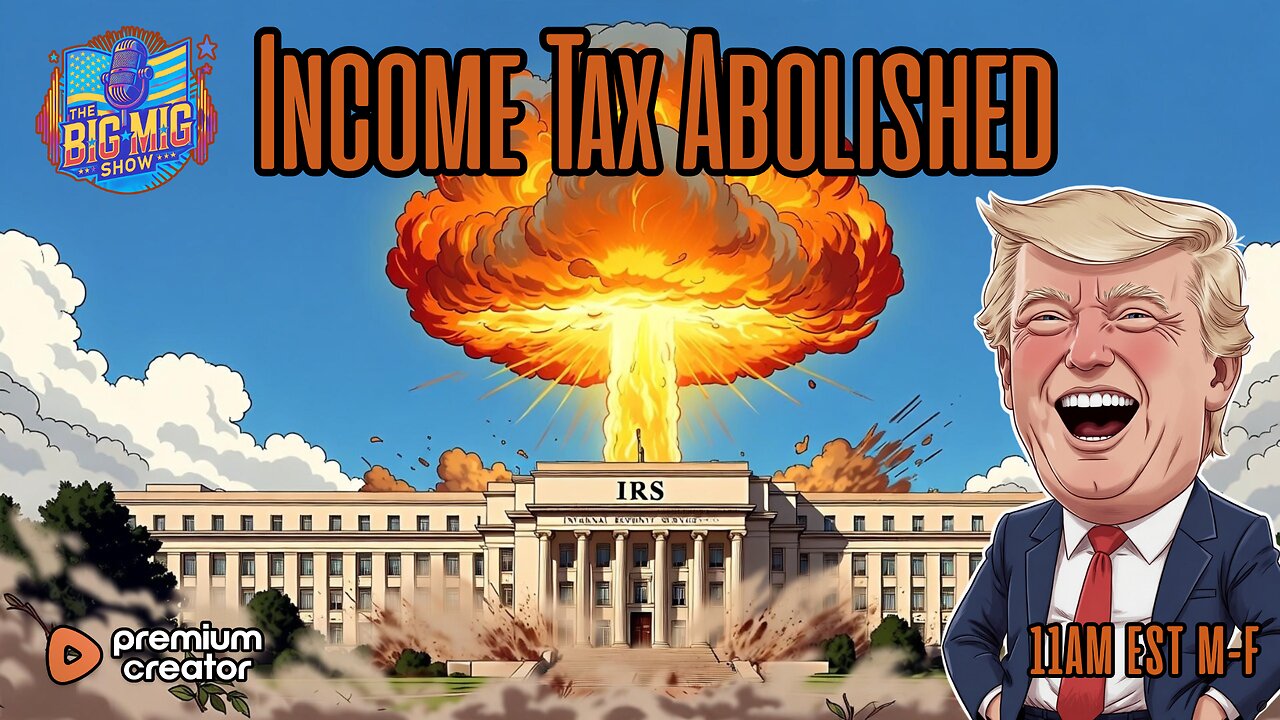Oil Prices Tick Up Based On Strong American Demand

Oil prices rose over 1 percent on Wednesday, recovering from a sharp slide early this week, as data showed relatively strong U.S. demand, and as investors assessed the stability of a ceasefire between Iran and Israel.
Brent crude futures were up 82 cents, or 1.2%, at $67.96 a barrel. U.S. West Texas Intermediate (WTI) crude was up 83 cents, or 1.3%, to $65.20.
On Tuesday, Brent settled at its lowest since June 10 and WTI at its lowest since June 5.
Oil prices rose after June 13, when Israel launched a surprise attack on key Iranian military and nuclear facilities. Prices rallied to five-month highs after the U.S. attacked Iran’s nuclear facilities over the weekend.
Boosting prices on Wednesday, data from the Energy Information Administration showed U.S. crude, gasoline and distillate inventories fell last week. Crude inventories dropped by 5.8 million barrels to 415.1 million barrels, the EIA said, compared with analysts’ expectations in a Reuters poll for a 797,000-barrel draw.
“We are looking at big draws across the board,” said Phil Flynn, senior analyst with the Price Futures Group. “This type of report can refocus on U.S. supply and demand, and less on geopolitics.”
Traders and analysts are also seeing some support from market expectations that the Federal Reserve could soon cut U.S. interest rates. Lower interest rates typically spur economic growth and demand for oil.
“Fed Chair (Jerome) Powell’s first testimony to Congress (on Tuesday) has hinted at a slight chance of bringing forward the first rate cut of 2025 to July … which should offer some form of floor on oil prices from the demand side,” said OANDA senior market analyst Kelvin Wong.
A slew of U.S. macroeconomic data released overnight, including data on consumer confidence, showed possibly weaker-than-expected economic growth in the world’s largest oil consumer, bolstering expectations of Fed rate cuts this year.
Futures point to nearly 60 basis points’ worth of easing by December.
On the geopolitical front, U.S. President Donald Trump said on Wednesday Israel and Iran are tired but the conflict between the two countries could start again. He added to reporters gathered at the NATO summit that he has not given up on his maximum pressure campaign against Iran, including sanctions against buyers of Iran’s oil, but did suggest once again loosening of sanctions.
A preliminary U.S. intelligence assessment said U.S. airstrikes did not destroy Iran’s nuclear capability and only set it back by a few months, as a ceasefire brokered by Trump took hold between Iran and Israel.
Both Iran and Israel signaled on Tuesday that their air war had ended, at least for now, after Trump publicly scolded them for violating the ceasefire.
As the two countries lifted civilian restrictions after 12 days of war – which the U.S. joined with an attack on Iran’s uranium-enrichment facilities – each sought to claim victory.
“While concerns regarding Middle Eastern supply have diminished for now, they have not entirely disappeared, and there remains a stronger demand for immediate supply,” said ING analysts in a client note.
Oil prices will likely consolidate at around $65-70 per barrel levels as traders look to more U.S. macroeconomic data this week and the Fed’s rate decision, said independent market analyst Tina Teng.
(Reporting by Stephanie Kelly; Additional reporting by Anna Hirtenstein and Trixie Yap; Editing by Shri Navaratnam, Jan Harvey, Mark Potter, Rachna Uppal, Kevin Liffey and David Gregorio)
Originally Published at Daily Wire, Daily Signal, or The Blaze
What's Your Reaction?
 Like
0
Like
0
 Dislike
0
Dislike
0
 Love
0
Love
0
 Funny
0
Funny
0
 Angry
0
Angry
0
 Sad
0
Sad
0
 Wow
0
Wow
0











































































